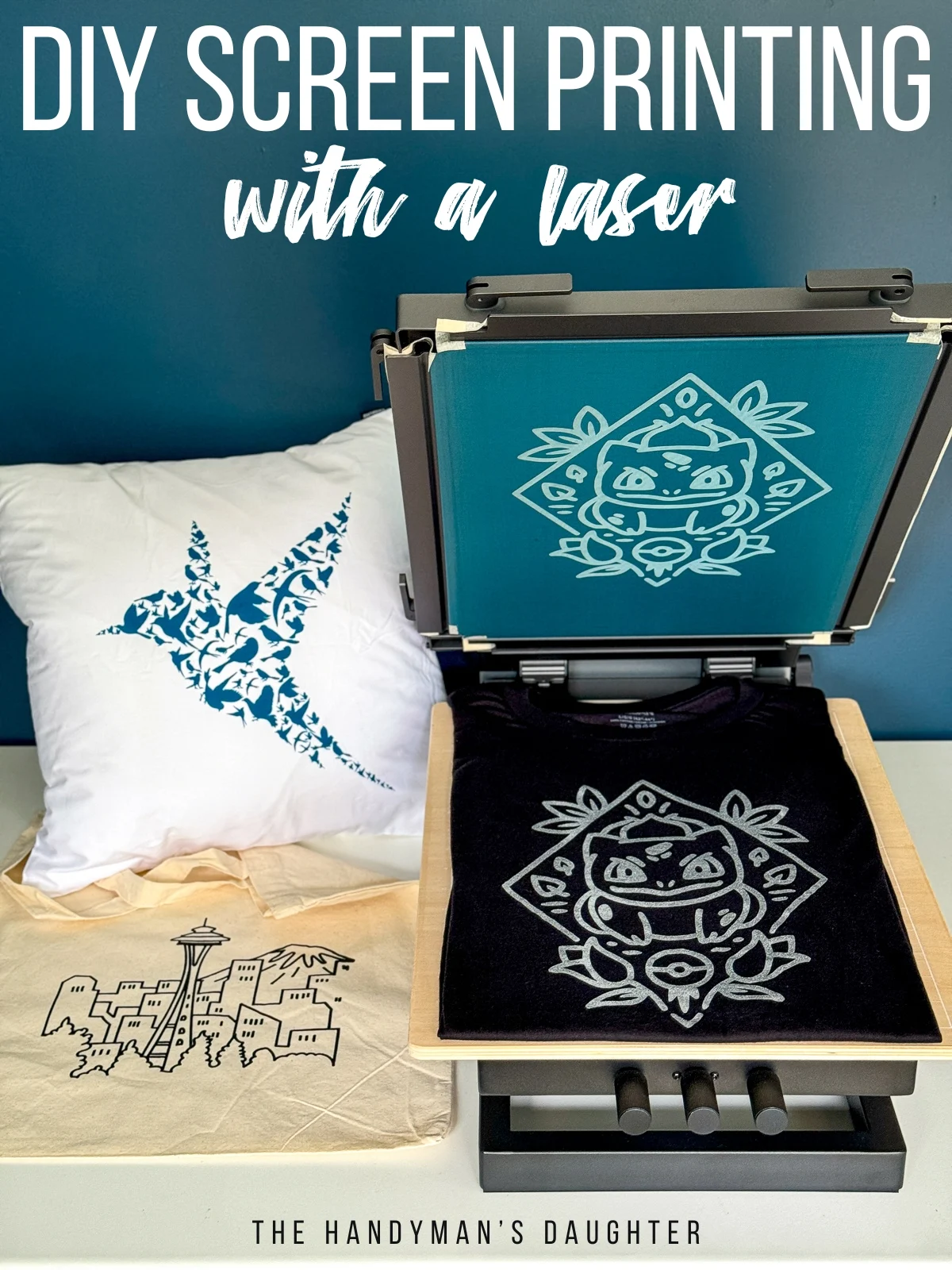The Crucial Overview to Understanding Screen Printing and Its Versatile Makes use of
Screen printing has a rich history that goes back to ancient times, evolving right into an advanced technique utilized across different industries today. This guide explores the details of the screen printing process, describing its applications in fashion, home, and advertising and marketing design - 10:9 Design contact. Comprehending these principles can open up innovative possibility for both commercial and artistic projects. The complying with areas will certainly reveal vital suggestions and methods to enhance one's screen printing undertakings
The History of Screen Printing
Although screen printing has origins that trace back centuries, its development shows the creative and technical improvements of numerous societies. Coming from in old China, the method was at first utilized for embellishing textiles and later spread to Japan, where it ended up being important to Ukiyo-e woodblock printing. The method moved to Europe in the 18th century, where it got popularity among artisans and commercial printers. The innovation of image emulsion in the 20th century revolutionized screen printing, permitting even more detailed layouts and better effectiveness. Artists like Andy Warhol even more drove its popularity, utilizing the medium to create legendary works that mixed commercialism and fine art. By the late 20th century, screen printing had developed itself as a functional method, utilized in style, advertising and marketing, and great art. Today, it continues to develop, integrating electronic innovation and broadening its applications across different sectors.
The Screen Printing Refine Explained
Screen printing transforms artistic visions right into concrete styles via a series of precise actions. At first, an image is created and afterwards moved onto a screen, usually constructed from great mesh fabric extended over a frame. A light-sensitive emulsion is put on the screen, which is exposed to light, hardening in areas not covered by the photo. After rinsing the unhardened emulsion, a pattern is formed.
Next off, the screen is placed over the substratum, whether it be fabric, paper, or an additional material. Ink is after that pushed with the open areas of the pattern using a squeegee, transferring the design onto the substrate listed below. This process can be repeated for several shades, requiring different screens for each color. The printed product is healed using warm to assure the ink adheres correctly, resulting in a sturdy, lively design prepared for usage.
Kinds Of Screen Printing Techniques

Furthermore, specialized techniques, such as discharge screen printing, get rid of dye from the textile to produce softer prints, while foil screen printing applies metallic foil to attain a glossy finish (10:9 Design important link contact). Each technique offers distinctive qualities, catering to different innovative demands and production scales, inevitably increasing the opportunities within the screen printing domain
Applications of Screen Printing in Numerous Industries

Furthermore, the signage and advertising sectors use screen printing for developing eye-catching displays and banners. This approach permits bold colors and intricate designs that record interest. In electronics, screen printing is utilized for applying conductive inks to circuit boards, necessary for component connections. The home style sector accepts screen printing to create unique styles on fabrics and wall surface art. On the whole, screen printing functions as an essential device throughout varied fields, enhancing products with personalized and visually enticing graphics.
Tips for Effective Screen Printing Projects
While undertaking a screen check my site printing project, cautious focus to detail can significantly improve the final end result. Initially, selecting high-grade materials is essential; this includes the screen, inks, and substrates. Utilizing suitable mesh matters can influence ink deposition and detail resolution. Prep work is just as vital; comprehensive cleaning of displays and proper direct exposure times ensure crisp prints.
Next off, precise enrollment is vital for multi-color prints. Using positioning devices can help achieve precise layering. In addition, testing prints on scrap products prior to production helps determine prospective concerns without throwing away resources.

Frequently Asked Inquiries
What Materials Are Best for Screen Printing on Material?
Cotton and polyester blends are optimal for screen printing on fabric as a result of their durability and ink absorption. Additionally, specialized fabrics like silk or canvas can produce distinct textures and surfaces, improving the overall layout high quality.
How Do I Clean and Maintain Screen Printing Equipment?
To keep and cleanse screen printing equipment, one should frequently wash displays with appropriate solvents, inspect mops for wear, lube moving components, and shop all items in a completely dry, view it dust-free setting to prolong their life-span.
What Are the Environmental Influences of Screen Printing?
Screen printing can have substantial ecological influences, including chemical waste from inks and solvents, water use throughout cleaning processes, and power consumption. Sustainable techniques and environment-friendly products are crucial for lessening these unfavorable results.
Can Screen Printing Be Done in your home Successfully?
Screen printing can be properly done at home with the appropriate products and methods. Enthusiasts can develop top quality prints, though success depends on their ability level, equipment, and understanding of the procedure involved.
What Are the Costs Related To Starting a Screen Printing Organization?

Beginning a screen printing business involves expenses for devices, materials, and office. Initial expenditures generally range from a couple of hundred to numerous thousand bucks, depending upon the scale, quality of equipment, and preferred production ability.
Screen printing has a rich background that dates back to ancient times, developing into an advanced method made use of across different industries today. One more technique, rotating screen printing, utilizes cylindrical screens, helping with constant printing on material rolls, thereby boosting effectiveness for large-scale productions. Furthermore, specialty techniques, such as discharge screen printing, eliminate dye from the fabric to develop softer prints, while foil screen printing uses metal aluminum foil to accomplish a glossy finish. In the fashion sector, screen printing is widely utilized to produce lively layouts on clothing, making it possible for brands to showcase their unique designs. Cotton and polyester blends are optimal for screen printing on fabric due to their resilience and ink absorption.